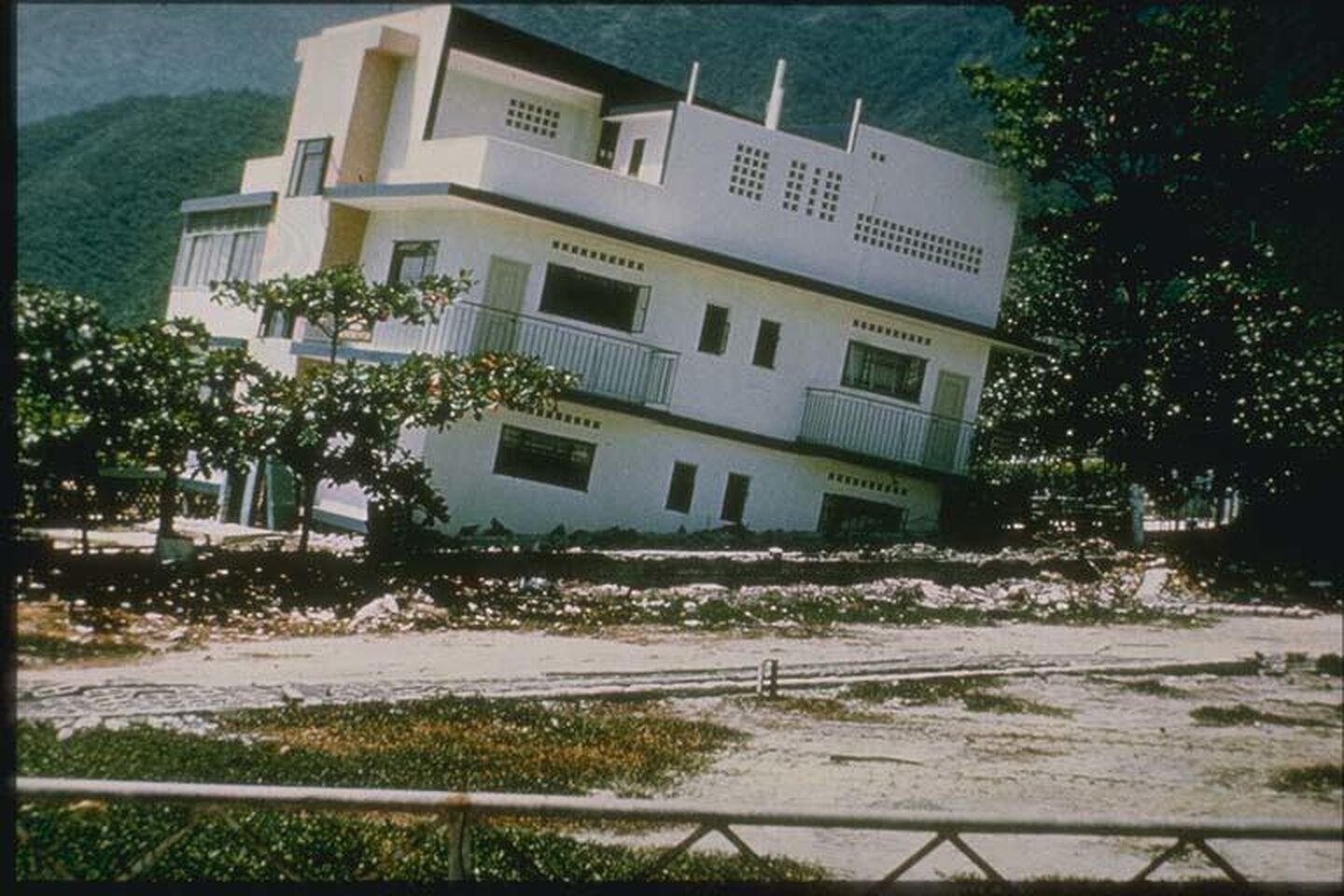Chicago Structural Foundation Damage – How Settling Occurs

“Oh, it’s just settling.”
“I think my house is done settling.”
“Do you think those cracks came from settling?”
Every homeowner has at one time or another talked about or thought about settling as it affects his or her house but not many understand what it is, how it happens and how damaging it can be.
What is Settling and How Does it Happen?
“Settling” is the name given to the downward movement of the foundation of a home or other structure after it is built. All houses settle somewhat; the typical amount of settling varies with the type of construction and the type of soil on which it sits.
Settling is normally a slow process, occurring in nearly immeasurably small increments over long periods of time. It can cause damage to a home but it is typically superficial, like cracks in drywall. When it occurs more quickly and dramatically, due typically to soil shrinkage from drought conditions, the damage can be severe and require major repairs.
The “secret” behind settling is compaction: The jamming together of soil particles as air and water is squeezed out by the weight of the structure. Different types of soils compact at different rates:
Sandy soil – Homes built on sandy soil settle very quickly as there is more space between soil particles that allows faster movement of water. Typically, a home on sandy soil will complete its settling in weeks or months after construction.
Silt Soil – Silt soil is denser than sandy soil to begin with, with less space between soil particles. Homes built on this type of soil can take months to years to settle completely.
Clay Soil – Clay soil is the densest form of soil with very poor drainage resulting from very little space between soil particles. Homes built on clay soil can take years to decades to complete the settling process. Clay is the most common soil type in the Chicago area.
Just to draw one comparison, the amount of settlement that occurs in sandy soil in one week can take 5 years to happen in clay soil.
The amount of settlement also varies with soil types. Here’s how the same house would settle on various soil types:
Sandy soil – 1÷8” to 3÷8”
Silt soil — 1÷8” to ½”
Clay soil — 3÷8” to ¾”
All of the above refers to “natural” settling, something that happens to every structure – homes, public and commercial buildings — when a heavy building is constructed on mostly undisturbed soil. Extremes of weather, however, can bring on a different type of settling, more aptly referred to as “sinking” or “dropping.” The cause of this type of settling is drought, where extreme heat and lack of rain, such as the Chicago area experienced in 2012, result in soil desiccation, the removal of moisture from the soil. The soil then compacts faster and to a greater degree than occurs during natural settling.
When this more drastic form of settling occurs, the degree to which the house goes out of level and/or plumb is more severe as is the damage that can occur to the structure. This movement can destabilize the foundation and requires repair to either stabilize foundation walls or raise and stabilize the entire home.
When a foundation suffers wall movement from settling or when it sinks or drops due to soil compaction, the homeowner needs the services of a full-service foundation repair contractor. At U.S. Waterproofing, our foundation repair experts use engineering data to determine the extent of damages and to plan and implement a cost-effective, permanent repair. Please ask us for a free consultation if you suspect your foundation has suffered from settling.




